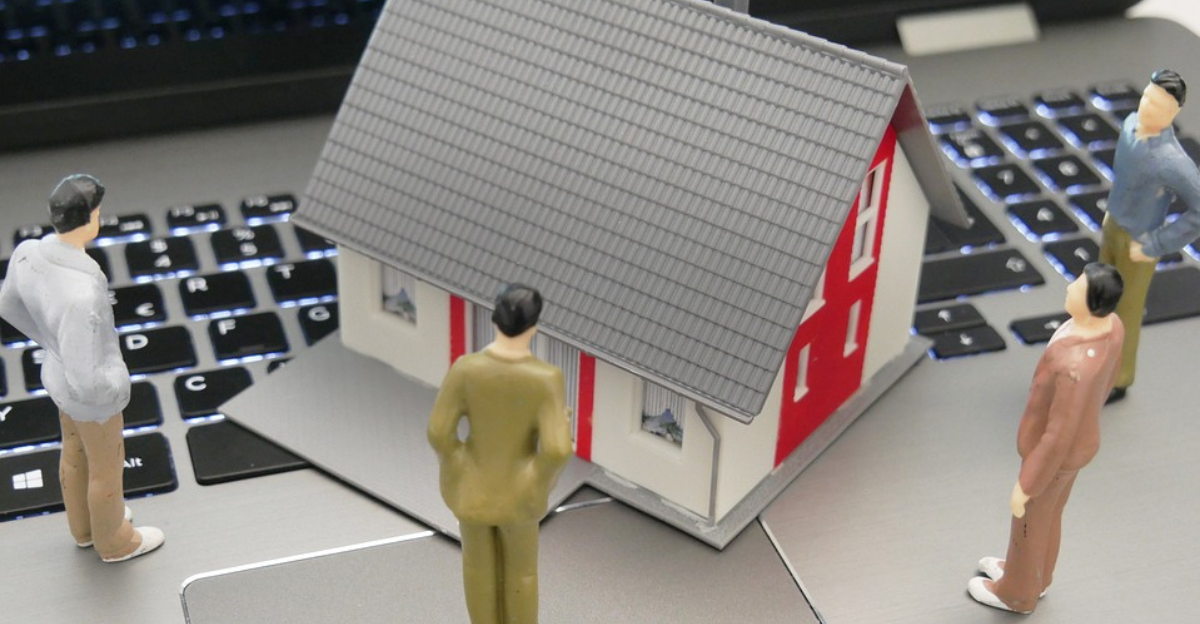
It doesn’t really make sense, at least, not right away. America’s got a big housing shortage, but even the country’s largest homebuilders are now easing off the gas. It’s making it even harder, basically impossible, in some cases for younger people to buy their first homes. Projects are being pushed back, land deals are getting canceled, and construction pipelines are drying up. But it’s not that demand disappeared. It’s that building these days has gotten a lot trickier, more expensive, and more uncertain. So why is it, just when housing is needed most, that builders are pulling back? We’ll try to break that down.
The Squeeze Explained: Rising Rates Meet Rising Costs

When we are talking about the “squeeze,” it’s not just one issue. It’s more like a logjam of problems hitting all at once. Mortgage rates are still up above 7%, which makes homebuying a stretch for tons of folks, especially Gen Z and Millennials. That means fewer qualified buyers show up, even though demand is technically “there.”
Building Gets Pricier, Labor Gets Scarcer
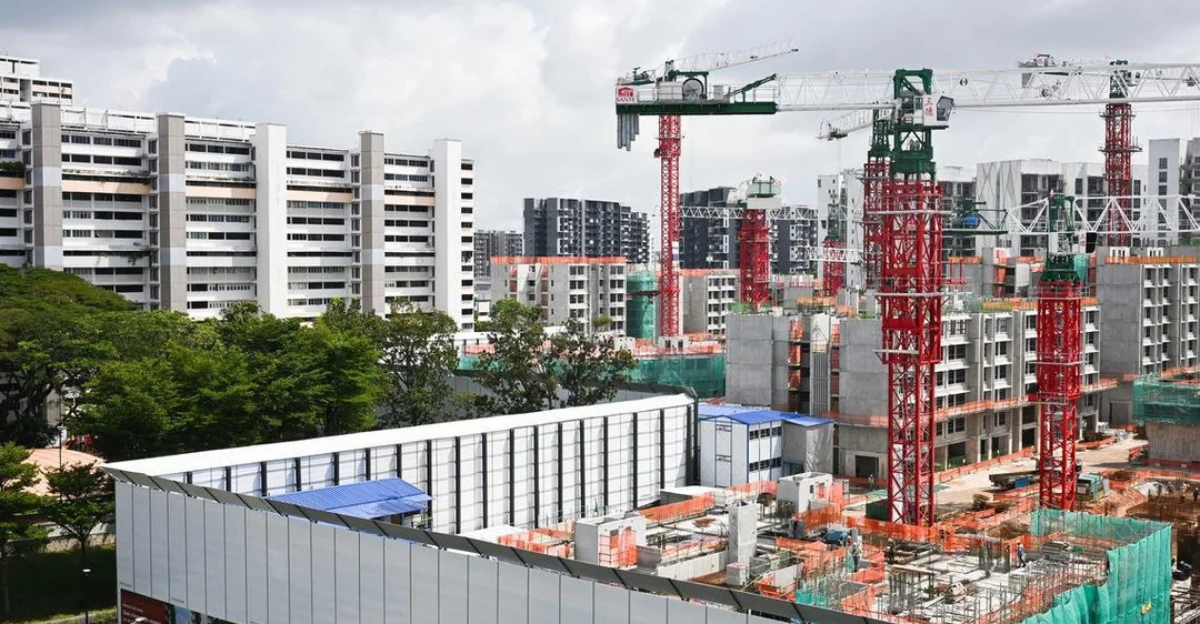
At the same time, the cost of building hasn’t fallen by much. Sure, lumber is cheaper than it was during the pandemic spikes, but labor’s still pricey and hard to find.
Other materials aren’t exactly coming down either. And because of higher interest rates, financing new builds now costs a lot more. So builders are doing the math, and sometimes, it just doesn’t make sense to go ahead. That’s why even the big players are hesitating. They don’t want to get burned!
Reaction of the Big Builders
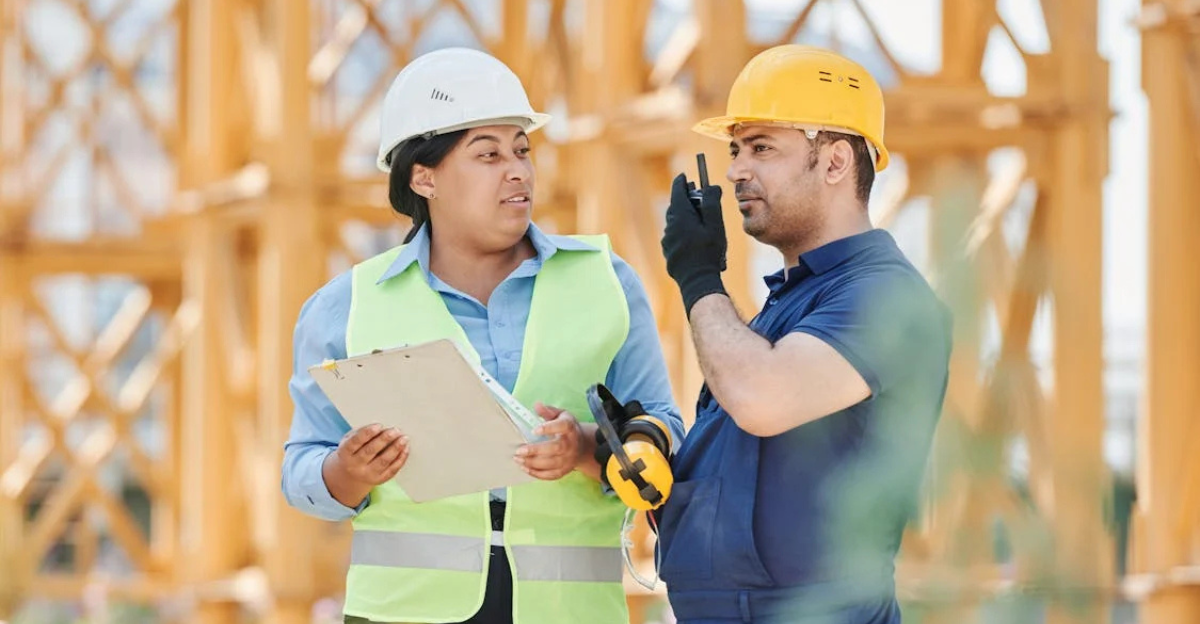
Even some of the most well-known names in home construction, like D.R. Horton, Lennar, and KB Home, are slowing down. Some of them are hitting pause on land purchases or pulling back on launching new projects. I mean, why risk millions when the buyers are nervous and rates are high?
Changing Strategies: Smaller Homes, Rentals, and Patience
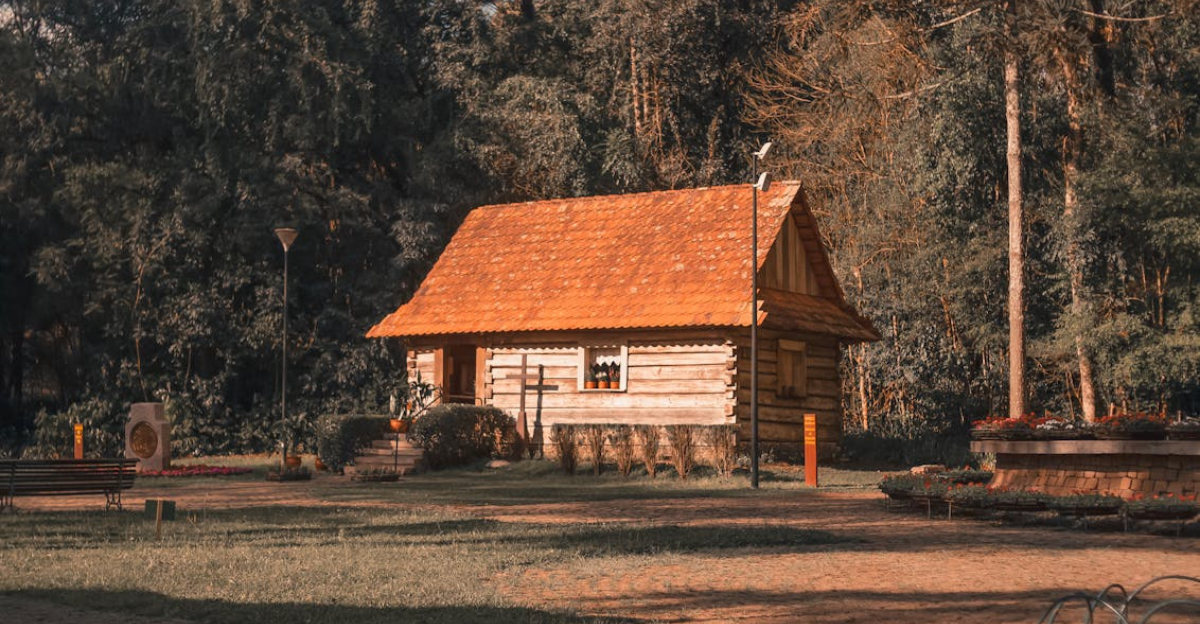
These big builders are changing strategies. Some of them are preferring to build smaller homes or skipping fancy finishes to cut costs and appeal to more buyers. Others are leaning more into build-to-rent strategies by building entire neighborhoods designed for renters instead of owners.
They figure that it’s safer, and the money still comes in steadily, especially when single-family home sales are unpredictable. On earnings calls, you hear a lot of the same kinds of words: “discipline,” “patience,” “adjusting to demand.” The thing is, that’s just another way of saying: they’re playing it safe. And honestly, who can blame them? With inflation still being a pain and no clear signal from the Fed yet, nobody wants to get stuck holding a bunch of unsold houses.
Contradictions in the Market
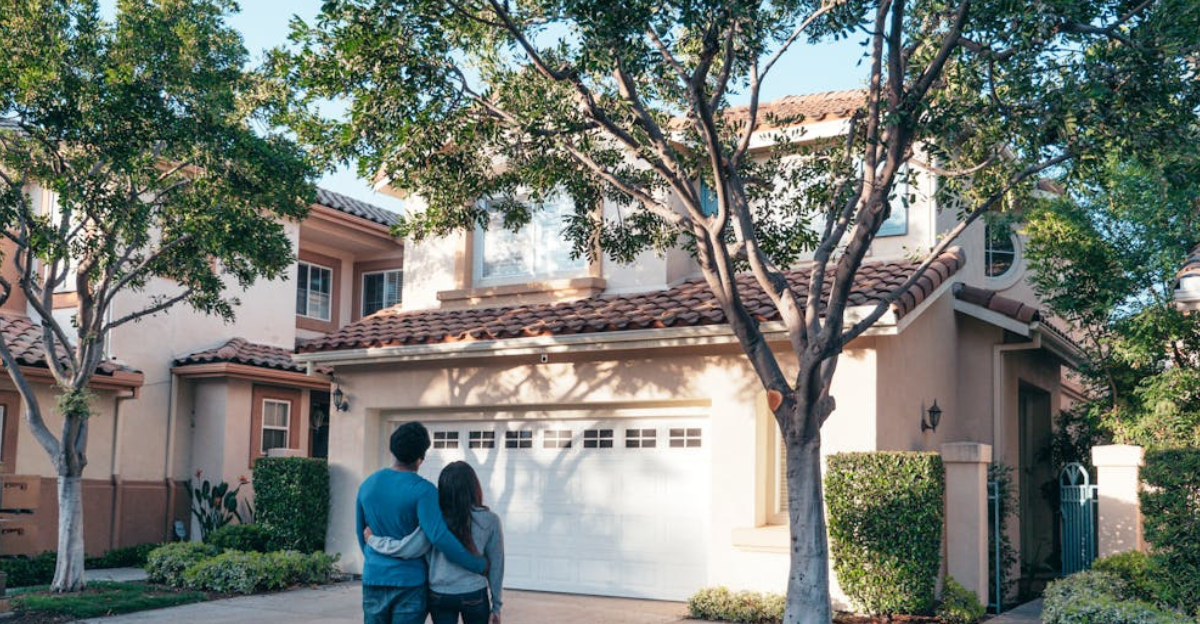
On the surface, this should be a golden moment to build. The U.S. needs millions of homes. People are hungry for affordable options. Everyone should be building, right? Well, not really. The houses getting built are often not what people can actually afford.
So, demand is strong, sure, but it’s not buying demand. It’s more like wishful thinking. Builders see that gap, but they’re still holding back. They don’t want to take big risks on projects that might flop if buyers can’t get mortgages. Meanwhile, costs are still high, and factors like zoning rules and permit delays slow everything down. All of this makes it almost impossible to shift toward more affordable homes quickly. So you end up with this weird situation: people desperately need housing, but the system can’t or won’t respond in real time. And that’s a snapshot summary of the current situation!
What It Means for Buyers: Low Inventory, High Frustration
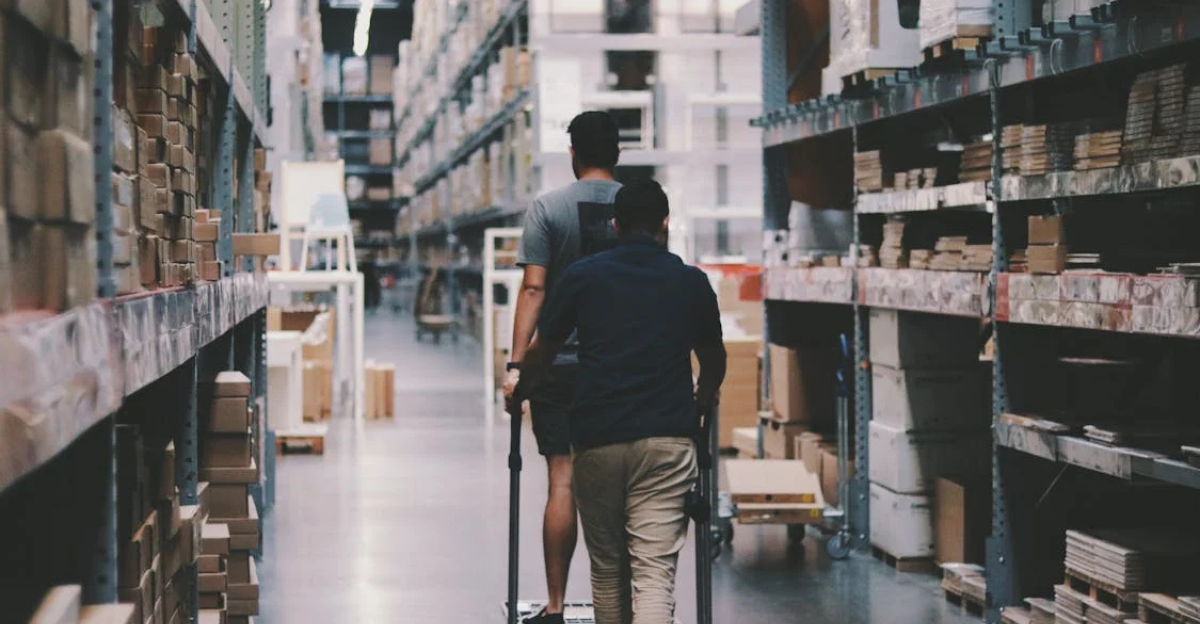
If you’re trying to buy a home right now, you’ve probably already noticed: there’s not much to choose from, and the stuff that’s available is expensive. Builders backing off only makes that worse. Inventory stays low, prices stay high, and it keeps feeling like homeownership is always just out of reach, especially if you’re a first-timer.
What It Means for Renters and the Economy at Large
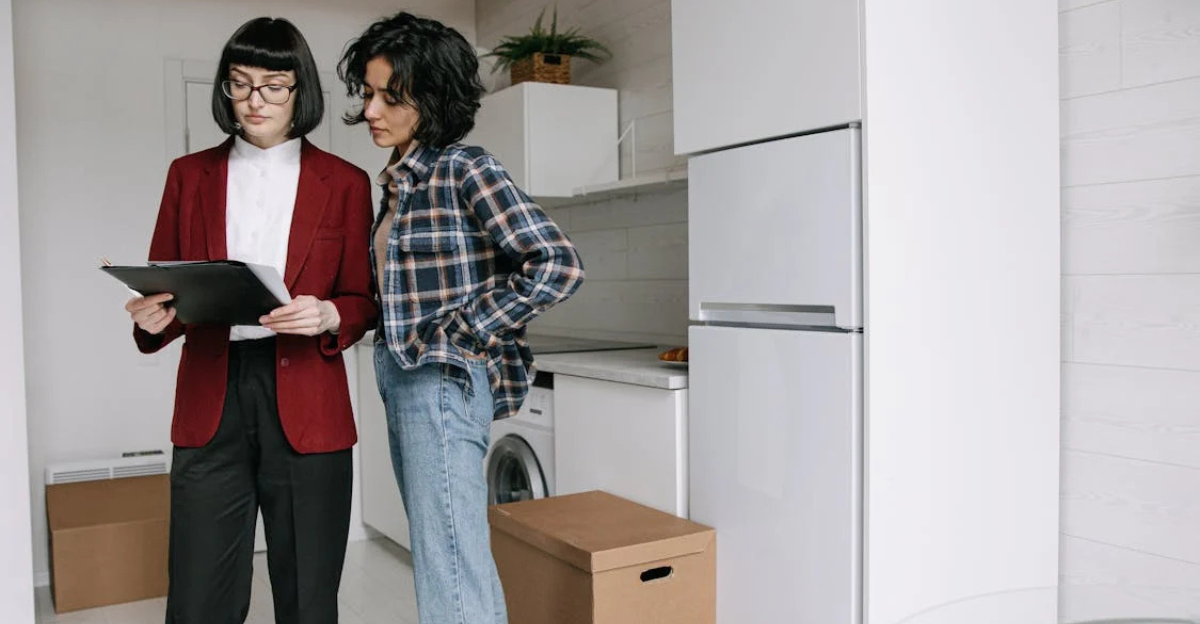
Renters feel it too. A lot of people who would’ve bought are staying in rentals longer, which pushes up demand and rent prices. And when builders slow down, it doesn’t just hurt buyers and renters, it causes a ripple effect. Housing fuels a big chunk of the economy, from jobs to materials to furniture sales. So when the construction trucks stop rolling, a lot of other things slow down too.
Outlook: Will Things Bounce Back Soon?
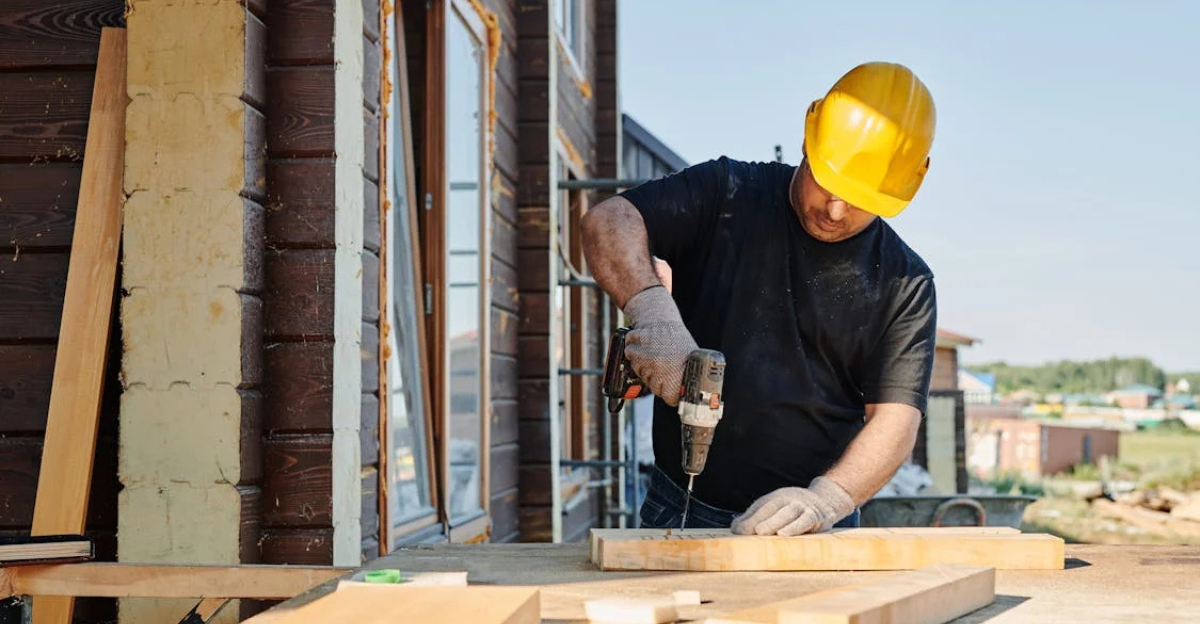
So what’s going to change? Maybe not much, at least not quickly. Builders are keeping one eye on the Fed. If interest rates come down later this year, that could stir things up again and make both borrowing and building cheaper. But nobody’s betting big on that just yet. In the meantime, some are testing new ideas like smaller homes, new markets, and build-to-rent models. Modular construction is also getting more buzz; it’s faster and cheaper but still not widely adopted. Policy changes like zoning reforms, incentives, and tax breaks might help, but progress is slow-moving. Bottom line? A rebound could happen, but don’t expect fireworks overnight. Builders, just like buyers, are waiting to see what happens next.
Conclusion

This isn’t just some business slowdown. It’s a bigger warning sign. The country urgently needs homes, but even the firms that know how to build them are hesitating. Why? Because the math doesn’t work, the risk feels too high, and no one’s quite sure where the market is headed.
Until some of these pressures ease or unless something pushes change forward, buyers, renters, and even local economies are going to keep feeling the pinch. This housing crunch can’t be fixed with wishful thinking. It’ll take real changes that are economic, political, and structural for it to work. Until then, the gap between what we need and what actually gets built is only going to grow.
Discover more trending stories and Follow us to keep inspiration flowing to your feed!

Craving more home and lifestyle inspiration? Hit Follow to keep the creativity flowing, and let us know your thoughts in the comments below!
